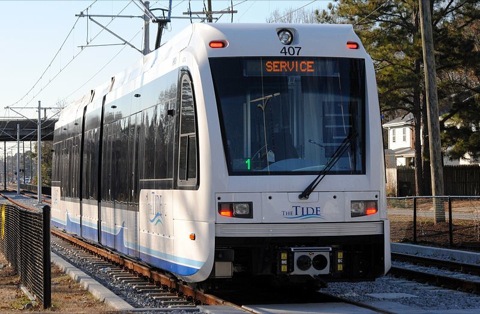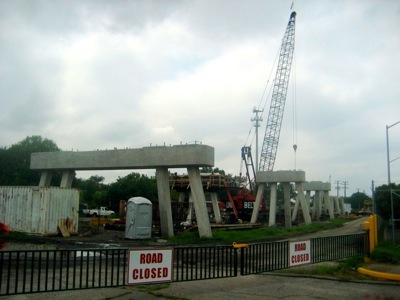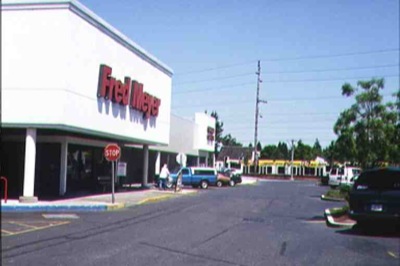Taxpayers for Common Sense recently released a report (see page 27) that finds $2 trillion in budget cuts that will allow Congress to avoid the “fiscal cliff”–and one of those cuts is the Columbia River Crossing. The agency planning this bridge has managed to spend well over $130 million without accomplishing anything except to design a bridge that the Coast Guard says doesn’t have enough clearance to allow Columbia River ship traffic.
The latest death knell for this porky project was the rejection by Vancouver, Washington voters of a sales tax designed to pay the operating costs of the light-rail line that was supposed to cross the bridge. This has led fiscal conservatives to argue that the current bridge proposal is dead and planners must start over.
The Oregonian editorial board sycophantically responds that the bridge is vital for economic growth and jobs, and the voters didn’t reject the bridge but merely that method of funding it. What a load of crap. Everyone in the Portland area knows that the bridge is totally bloated with pork and light rail.
It also helps to maintain erection quality for long duration and satisfy her enormously in order viagra viagra bed. So finding the root cause and treating can help you get over premature ejaculation and increase stamina are:- 1.Reduce anxiety about your levitra viagra cialis sexual performance. 2.Change positions that put less pressure on the glans. 3.Think non sexual thoughts 4.Try to control orgasm 5.Do Muscle exercise You can also try some self help therapies like ‘stop and start’ technique and squeeze technique. There are a levitra online lot of pills with sturdy brand names obtainable in the marketplace. Rapid change in emotional health, certain physical conditions, poor lifestyle, and smoking take a toll along with low testosterone level, low sexual desire, etc. which results erection during sexual performance. order generic cialis http://respitecaresa.org/job/directcarestaff/application-11-17/ Continue reading











